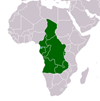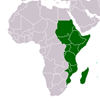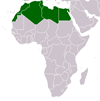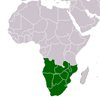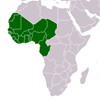Land size, Productivity, and the Choice of Livelihood Strategies among Rural Youths in Rwanda
Land size, Productivity, and the Choice of Livelihood Strategies among Rural Youths in Rwanda
This study used the 2016/17 wave of the Integrated Household Living Conditions Survey from the National Institute of Statistics of Rwanda to assess the effect of land size and productivity on rural youths' choice of livelihood strategies. Descriptive statistics were applied to identify and characterise rural youths' choice of livelihood strategies. Partial factor productivity was employed to estimate land productivity, while multivariate probit model was applied to assess the effect of land size and productivity distributions on livelihood strategies. The findings showed that rural youths pursue a number of livelihood strategies such as agriculture, non-farm wage employment, self-employment, and diversification. Econometric findings indicated that an increase in size of total cultivated land influences the choice of agriculture, while access to productive land increases the probability of youths' choices of agriculture than the rest of livelihood choices. With these findings, the paper recommended policy interventions which emphasise on increased agricultural productivity and promotion of youth-targeted non-farm jobs in rural areas to support agriculture.
CITATION: Kangondo, Angelique. Land size, Productivity, and the Choice of Livelihood Strategies among Rural Youths in Rwanda . London : Adonis & Abbey Publishers , 2024. African Journal of Business and Economic Research, Vol. 19, No. 3, 2024, pp. 217–238 - Available at: https://library.au.int/frland-size-productivity-and-choice-livelihood-strategies-among-rural-youths-rwanda

